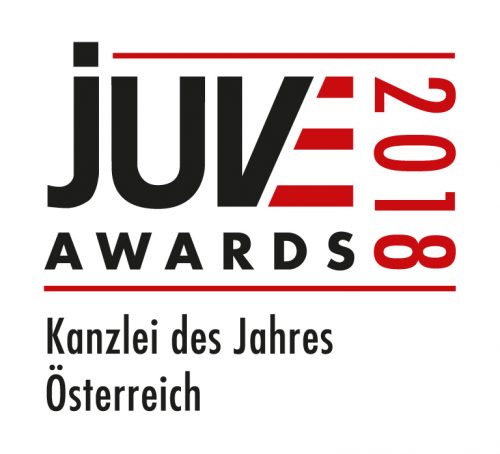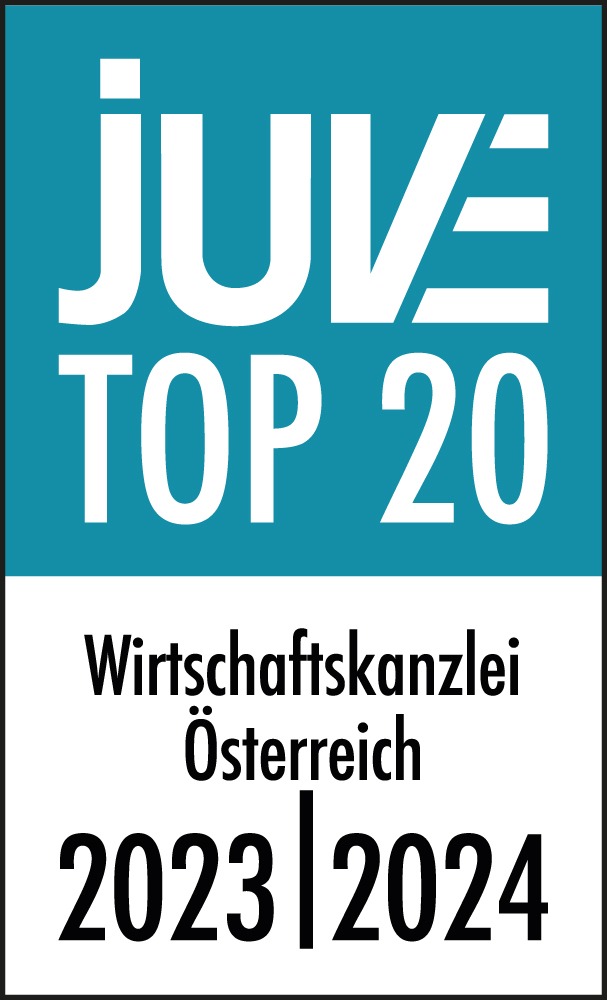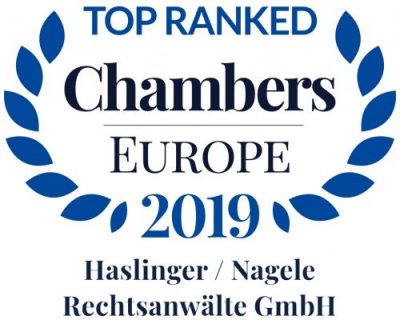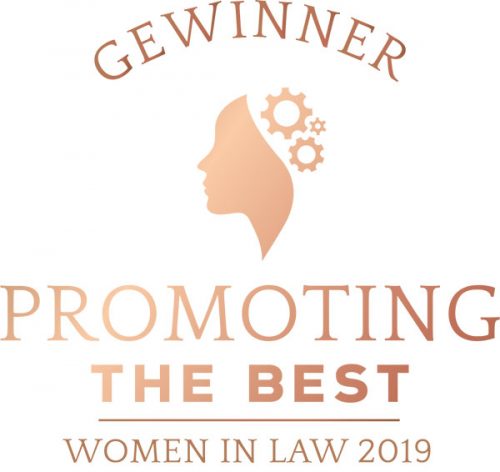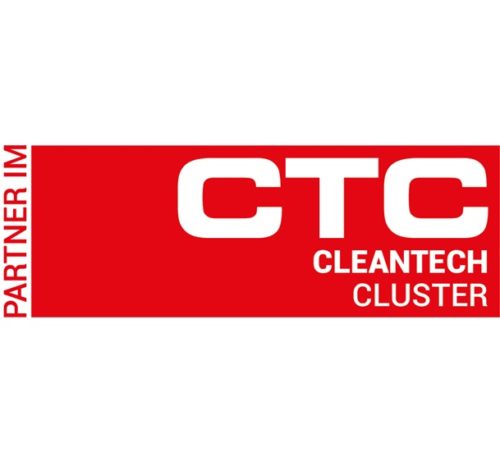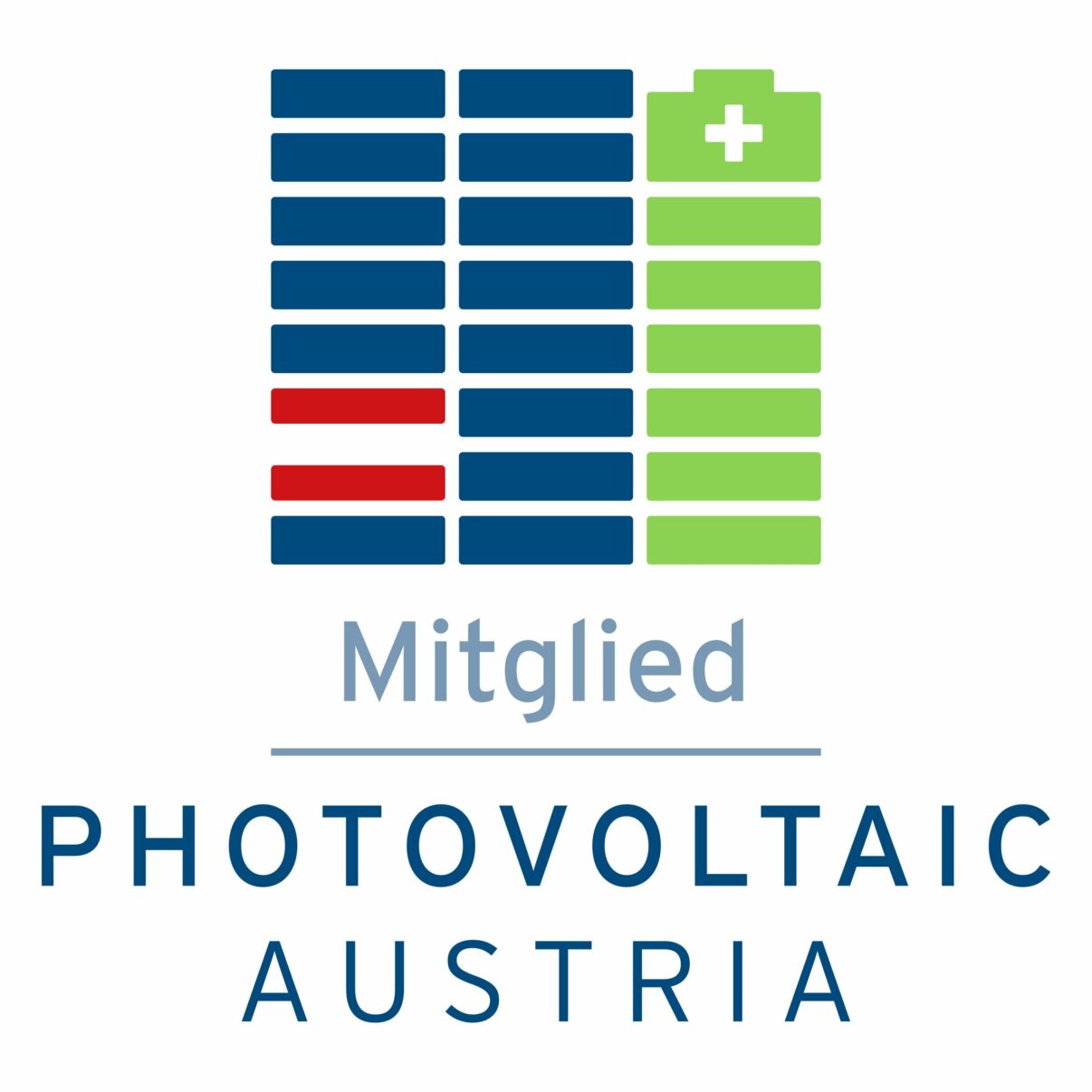Whistleblowing reporting systems
We help with implementation and processing!
So-called “gap cases” have already been a source of controversy in the enforcement of the provisions on the anti-competitive review of company mergers. A current case will bring clarity to the standard of review applicable to such cases. It could make mergers in oligopolistically structured markets even more difficult.
Mergers which would significantly impede effective competition, in particular by creating or strengthening a dominant position (“SIEC test” – short for “Significant Impediment of Effective Competition”), are to be declared incompatible with the internal market under the EU Merger Regulation (ECMR).
Competition authorities examine whether a merger has such effects on the basis of possible “coordinated” and “non-coordinated” effects. Mergers between competitors can have coordinated effects if the merger changes the market structure in a way that makes coordination among the independent companies remaining in the market more likely. Non-coordinated effects occur in particular when the entity created by the merger gains market power. Companies with market power can – in the absence of sufficient competitive pressure – use higher prices, lower output, and so forth as a profitable strategy without having to coordinate their behavior with the “residual competition”.
The term “gap cases” refers to cases in which two or more companies do not acquire (sole) market power through a merger because competitors with higher market shares remain on the market and a coordination with the remaining competitors is equally unlikely (for example, because the products are sufficiently differentiated). However, a (prohibitive) deterioration of the competitive situation is expected as a result of the merger. Such a case can occur, for example, if a comparatively small competitor, which until now has represented an important (“disciplining”) competitive force for the other market participants (such companies are sometimes referred to as “mavericks”), is taken over in an oligopolistic market. A typical example of a “gap case” was the takeover of the “maverick” Tele.ring by T-Mobile, which reduced the number of mobile providers remaining in Austria from five to four.
The most recent case now before the European Court of Justice (ECJ) concerned the proposed acquisition of Telefónica UK (“O2”) by Hutchison 3G UK (“Three”). The European Commission prohibited the transaction due to feared non-coordinated effects, even though the merger would not lead to a dominant position of the merged company.
Following an action brought by Three (later “CK Telecoms”), the European General Court (EGC) annulled this decision. According to the EGC, the European Commission had judged incorrectly in several respects and had chosen a standard of proof that was too low. The fact that the takeover reduces the competitive pressure on the other competitors is not sufficient to assume a significant deterioration in effective competition. In addition, the EGC doubted whether Three was actually a major market player. The European Commission appealed against the EGC’s decision.
In the recently published Opinion, Advocate General Kokott proposes that the ECJ, which has now been called upon to make a decision, should set aside the EGC’s judgment. In her view, by requiring that the Commission’s evidence had to demonstrate with a “strong probability” the existence of significant impediments to competition caused by the merger, the General Court had applied a standard of proof that was too strict. In fact, only a preponderance of probability is required – this applies regardless of the complexity of the causal link which leads to the alleged competitive effects (para. 57 et seq.). Furthermore, the EGC erred in classifying the prohibition requirements set out in a recital of the EC Merger Regulation (1. elimination of competitive constraints exerted on each other by the merging parties; 2. reduction of competitive pressure on the remaining competitors) as cumulative and exhaustive criteria. According to Kokott, the criteria do not have to be cumulative, nor do they contain an exhaustive rule, which is why the European Commission may also pursue other theories of harm (para. 72 et seq.). In addition, the requirements set by the General Court for the classification of a company as an “important competitive force” are exaggerated. A company classified as an “important competitive force” does not have to differ from its competitors in terms of its impact on competition, nor does it have to engage in “particularly aggressive price competition” that forces competitors to adapt to these prices (para. 106 et seq.). Furthermore, in Advocate General Kokott’s opinion, the General Court erred when it only considered competitive proximity as relevant for determining a significant impediment to competition if the merger takes place between “particularly close competitors” (para. 115 et seq.).
If the ECJ agrees with Advocate General Kokott in its appeal decision, the chances of clearance in oligopolistically structured markets could further decrease. In Austria, this should be taken into consideration, since the legislator has anchored the SIEC test as an (additional) standard of review for mergers in the Cartel Act with the KaWeRÄG 2021 and Austrian competition authorities will presumably align their practice with that of the EU competition authorities even without a formal commitment to the requirements established for the EC Merger Regulation.
This article is for general information only and does not replace legal advice. Haslinger / Nagele Rechtsanwälte GmbH assumes no liability for the content and correctness of this article.
20. February 2023

